History

The life of this 90 feet high five storey tower house begun around 1425, when it was built on solid rock, and ended around 1650, when it was destroyed [1, 2].
 Possibly erected by Finghin MacGillapatrick, it was the most important stronghold and residence of the MacGillapatricks of Upper Ossory [1, 3, 4]. Probably, it was attacked by the owners enemies “sovereign and citizens of Kilkenny” between 1441 and 1517, who were supported by King Henry VI [1, 3]. It was bombarded again by Cromwell’s forces around 1650 and abandoned after these events [1, 4].
Possibly erected by Finghin MacGillapatrick, it was the most important stronghold and residence of the MacGillapatricks of Upper Ossory [1, 3, 4]. Probably, it was attacked by the owners enemies “sovereign and citizens of Kilkenny” between 1441 and 1517, who were supported by King Henry VI [1, 3]. It was bombarded again by Cromwell’s forces around 1650 and abandoned after these events [1, 4].
On the outer side of the East wall, behind the chimney, a rude carving, in relief, of the head, breast and arms of a female is present: This is a superb Síle na Giġ [1, 3].
In close proximity to the castle, the ruins of the private chapel of the Catholic lords of Upper Ossory can be found [1].
References
- [1] Wikipedia, Cullahill Castle
- [2] Megalithic Ireland, Cullahill Castle
- [3] The Folly, Cullohill Castle
- [4] Ireland In Ruins, Cullahill Castle













